Bowl lotus combo (white puff,New star ,liangli) 3 Tubers
Original price was: ₹2000.₹1299Current price is: ₹1299.
97 in stock
Description
Quantity Single plants of white puff, New star and liangli. Total 3 plants in this combO(Hardy plants)
In India, we can sell Bowl lotus combo (white puff,New star ,liangli) 3 Tubers via online delivery systems to any states including Andhra Pradesh, Arunachal Pradesh, Assam, Bihar, Chhattisgarh, Goa, Gujarat, Haryana, Himachal Pradesh, Jammu & Kashmir, Jharkhand, Karnataka, Kerala, Madhya Pradesh, Maharashtra, Manipur, Meghalaya, Mizoram, Nagaland, Odisha (Orissa), Punjab, Rajasthan, Sikkim, Tamil Nadu, Telangana, Tripura, Uttar Pradesh, Uttarakhand, and West Bengal.
The water lotus, scientifically known as Nelumbo nucifera, is a fascinating and culturally significant aquatic plant that holds symbolic and practical importance in various societies around the world. Commonly referred to as the sacred lotus, Indian lotus, or simply the lotus, this plant is renowned for its exquisite beauty, serene presence, and rich symbolism.
Native to parts of Asia, including India and China, the water lotus is an aquatic perennial that thrives in shallow waters, such as ponds, lakes, and slow-moving rivers. Its distinctive features include large, round leaves that float on the water’s surface and magnificent blossoms that rise above the leaves on sturdy stems.
One of the most remarkable aspects of the water lotus is its ability to emerge from muddy or murky waters and unfold into a pristine, unblemished flower. This characteristic has led to the lotus being regarded as a symbol of purity, enlightenment, and rebirth in many Eastern cultures, particularly in Hinduism and Buddhism. The growth cycle of the lotus, with its roots in the mud, stem in the water, and flower reaching towards the sun, is often interpreted as a metaphor for spiritual development and the journey towards enlightenment.
The lotus also holds practical significance, as various parts of the plant have been used for culinary, medicinal, and religious purposes. The seeds, roots, and stems of the water lotus are edible and have been utilized in traditional Asian cuisines. Additionally, extracts from the plant have been employed in traditional medicine for their potential health benefits.
Beyond its cultural and practical uses, the water lotus is a popular ornamental plant in gardens and ponds worldwide, admired for its aesthetic appeal and tranquil ambiance. Cultivating and appreciating the water lotus can offer a profound connection to nature and a deeper understanding of the symbolic meanings associated with this extraordinary plant.
Scientific Classification:
Kingdom: Plantae
Division (or Phylum): Angiosperms (Flowering Plants)
Class: Eudicots
Order: Proteales
Family: Nelumbonaceae
Genus: Nelumbo
Species: There are two main species of water lotus:
Nelumbo nucifera – Asian Lotus or Sacred Lotus
Nelumbo lutea – American Lotus
Water Lotus Origin:
Asian Lotus (Nelumbo nucifera):
The Asian lotus is native to Asia, with its natural range encompassing countries such as India, China, Japan, and other parts of Southeast Asia. It has been cultivated for thousands of years and holds cultural and religious significance in various Asian traditions.
American Lotus (Nelumbo lutea):
The American lotus is native to North America. Its distribution includes regions of the United States and Canada. American lotus is often found in shallow waters, such as ponds, lakes, and slow-moving rivers.
Lotus plants can be hybridized to create new varieties with different colors and characteristics. Here are some examples of hybrid lotus varieties with different colors:
Golden Sunburst (Nelumbo ‘Golden Sunburst’): This hybrid lotus variety typically features bright yellow to gold-colored flowers. It is known for its striking and vibrant appearance.
Mrs. Perry D. Slocum (Nelumbo ‘Mrs. Perry D. Slocum’): This is a hybrid lotus with deep pink to red flowers. It is one of the most popular and widely cultivated varieties.
Perry’s Giant Sunburst (Nelumbo ‘Perry’s Giant Sunburst’): This hybrid lotus produces large, multi-petaled flowers with a mix of pink, yellow, and green colors, creating a visually appealing display.
Chawan Basu (Nelumbo ‘Chawan Basu’): This hybrid lotus has unique cup-shaped flowers with a mix of pink, white, and yellow colors. The petals are often arranged in a distinctive pattern.
Fire Opal (Nelumbo ‘Fire Opal’): This variety is known for its vibrant orange-red flowers. It adds a warm and intense color to water gardens.
Crystal Pink (Nelumbo ‘Crystal Pink’): As the name suggests, this hybrid lotus produces delicate pink flowers. It is valued for its graceful appearance.
Momo Botan (Nelumbo ‘Momo Botan’): This hybrid lotus features double-petaled flowers with a blend of pink and white hues. The double petals give it a fuller and more ornate appearance.
It’s important to note that new hybrid lotus varieties are continually being developed by horticulturists and enthusiasts. The names and availability of these hybrids can vary, and local nurseries or botanical gardens may offer unique selections.
cultivation:
Water lotus plants have been cultivated for ornamental, culinary, and medicinal purposes for centuries. The cultivation of lotus often involves growing the plants in aquatic environments such as ponds and water gardens.
Understanding the botanical classification and cultural context of water lotus adds depth to the appreciation of this remarkable plant. Whether in its native habitats or cultivated in gardens around the world, the water lotus continues to be a source of inspiration and cultural significance.
Types of Water Lotus
There are two primary types of water lotus, each with its distinct characteristics: the American lotus (Nelumbo lutea) and the Asian or sacred lotus (Nelumbo nucifera). Both species are aquatic plants and share some common features, but they also exhibit notable differences.
Asian Lotus (Nelumbo nucifera):
Color Varieties: Asian lotus plants typically produce flowers in various colors, including white, pink, and shades of red. There are also cultivated varieties with double petals or unique color combinations.
Geographic Origin: Native to Asia, including countries like India, China, and Japan.
American Lotus (Nelumbo lutea):
Color Varieties: American lotus flowers are usually yellow, and they can range from pale yellow to deep gold.
Geographic Origin: Native to North America, with a distribution that includes parts of the United States and Canada. It is commonly found in shallow waters, such as ponds and slow-moving rivers.
Habitat: While the Asian lotus tends to prefer still waters, the American lotus is well adapted to both still and slow-flowing aquatic environments.
Size: American lotus plants are generally larger than their Asian counterparts, with leaves that can reach up to two feet in diameter.
In addition to these primary species, there are numerous cultivars and hybrids within each type, developed for specific characteristics such as flower color, size, and adaptability to different climates. Cultivars may be bred for ornamental purposes, enhancing the visual appeal of these already stunning plants.
Lotus plants come in various types and classifications based on factors such as size, growing conditions, and hardiness. Here’s an overview of the terms you mentioned:
- Micro Lotus:
Description: Micro lotus refers to smaller varieties of lotus plants that are suitable for small containers, making them ideal for patio gardens, small ponds, or even indoor cultivation in containers.
Characteristics: These lotus plants typically have smaller leaves and flowers compared to standard lotus varieties.
- Bowl Lotus:
Description: Bowl lotus is a term often used for lotus varieties that are well-suited for growing in containers or small ponds. They are adaptable to confined spaces and are often chosen for decorative purposes in bowls or smaller water features.
Characteristics: Bowl lotus varieties may have compact growth habits, making them suitable for smaller spaces.
- Tropical Lotus:
Description: Tropical lotus varieties are adapted to warm climates and thrive in regions with consistently high temperatures. They are sensitive to cold and may not survive in cooler conditions.
Characteristics: Tropical lotus plants often have larger and more vibrant flowers. They require warm water temperatures for optimal growth.
- Semi-Tropical Lotus:
Description: Semi-tropical lotus varieties are more adaptable to a range of climates and can tolerate slightly cooler temperatures compared to tropical lotus. They are suitable for regions with milder winters.
Characteristics: These lotus plants may exhibit characteristics of both tropical and hardy lotus varieties, with a balance between cold tolerance and the desire for warm conditions.
- Hardy Lotus:
Description: Hardy lotus varieties are well-suited for colder climates and can withstand winter temperatures, often going dormant during the colder months and resuming growth in the warmer seasons.
Characteristics: Hardy lotus plants tend to have robust rhizomes that can survive freezing temperatures. They are suitable for ponds or water gardens in regions with distinct seasons.
When selecting a lotus variety, it’s important to consider your local climate, the size of your water feature, and whether you want a lotus that can tolerate cooler temperatures.
Caring for water lotus ponds involves maintaining proper growing conditions to ensure the health and vitality of the lotus plants. Here are some essential tips for caring for water lotus ponds:
Location:
Choose a sunny location for the pond. Lotus plants thrive in full sunlight, requiring at least 6 to 8 hours of direct sunlight daily. Ensure the pond is at least 18 to 24 inches deep to provide sufficient space for the lotus roots to spread.
Soil:
Use a rich, loamy soil with a clay base for planting lotus tubers. Specialized aquatic planting mixtures are also available. Fertilize the soil with a slow-release fertilizer designed for aquatic plants. Fertilize the lotus during the growing season.
Planting:
Plant lotus tubers in spring or early summer when the water temperature has reached a suitable level (around 70°F or 21°C). Plant the tubers about 2 inches deep in the soil and cover them with a layer of gravel to prevent the soil from being stirred up.
Water Depth:
Maintain a water depth of 6 to 18 inches for young lotus plants. As the plants mature, you can increase the water depth to 2 to 3 feet. Keep the water level constant, especially during the growing season.
Water Quality:
Regularly check and maintain good water quality. Lotus plants prefer slightly acidic to neutral water with a pH level between 6.5 and 7.5. Ensure proper circulation and aeration to prevent stagnation and maintain oxygen levels.
Container Gardening:
If you don’t have a natural pond, consider growing lotus in containers. Use large containers (15-20 gallons) with a mix of clay and loamy soil. Containers allow you to control the growing environment, and you can move them indoors in colder climates during the winter.
Pruning and Deadheading:
Prune dead or yellowing leaves regularly to encourage new growth and maintain a tidy appearance. Deadhead spent flowers to prevent the plant from putting energy into seed production.
Winter Care:
In colder climates, protect lotus plants from freezing temperatures. Move container-grown lotus indoors or into a frost-free area. Mulch the tubers with straw or leaves to insulate them from winter cold.
Pest and Disease Control:
Monitor for pests like aphids and caterpillars. Use environmentally friendly insecticides if necessary. Keep an eye out for signs of diseases such as fungal infections, and treat promptly if detected. By providing the right conditions, regular maintenance, and attention to water quality, you can create a thriving water lotus pond that adds beauty and tranquility to your outdoor space.
Controlling mosquitoes in lotus ponds can be important for both the health of the pond ecosystem and to prevent the spread of diseases carried by mosquitoes. Here are some methods you can consider:
Biological Control:
Mosquito Larvae-eating Fish: Introduce mosquito larvae-eating fish, such as Gambusia affinis (mosquito fish), guppies, zebrafish, killifish, and least killifish, are known to be effective mosquito larvae eaters,to the lotus pond. These fishes feed on mosquito larvae, helping to control the mosquito population naturally.
Mechanical Control:
Mosquito Nets: Use fine mesh nets to cover the lotus pond to prevent adult mosquitoes from laying their eggs on the water surface.
Chemical Control:
Biological Larvicides: Certain biological larvicides containing Bacillus thuringiensis var. israelensis (Bti) are effective against mosquito larvae and are environmentally friendly. They specifically target mosquito larvae and do not harm other organisms in the pond.
Insect Growth Regulators (IGRs): These are chemicals that interfere with the development of insects, including mosquitoes. They can be effective in controlling mosquito larvae without harming other organisms in the pond.
Cultural Control:
Remove Standing Water: Eliminate any sources of standing water around the lotus pond, as these serve as breeding grounds for mosquitoes. This includes any containers, pots, or debris that can collect water.
Natural Predators:
Dragonflies and Damselflies: Encourage the presence of dragonflies and damselflies, as they are natural predators of mosquitoes.
Maintenance:
Regular Cleaning: Keep the lotus pond clean by removing debris and organic matter that can contribute to the breeding of mosquitoes.
Mosquito Traps:
Mosquito Traps: Consider using mosquito traps around the lotus pond. These traps can attract and capture adult mosquitoes, reducing their population.
It’s important to note that the choice of method depends on various factors, including the specific characteristics of the lotus pond, the surrounding environment, and any potential impacts on non-target organisms.
Only logged in customers who have purchased this product may leave a review.


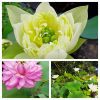
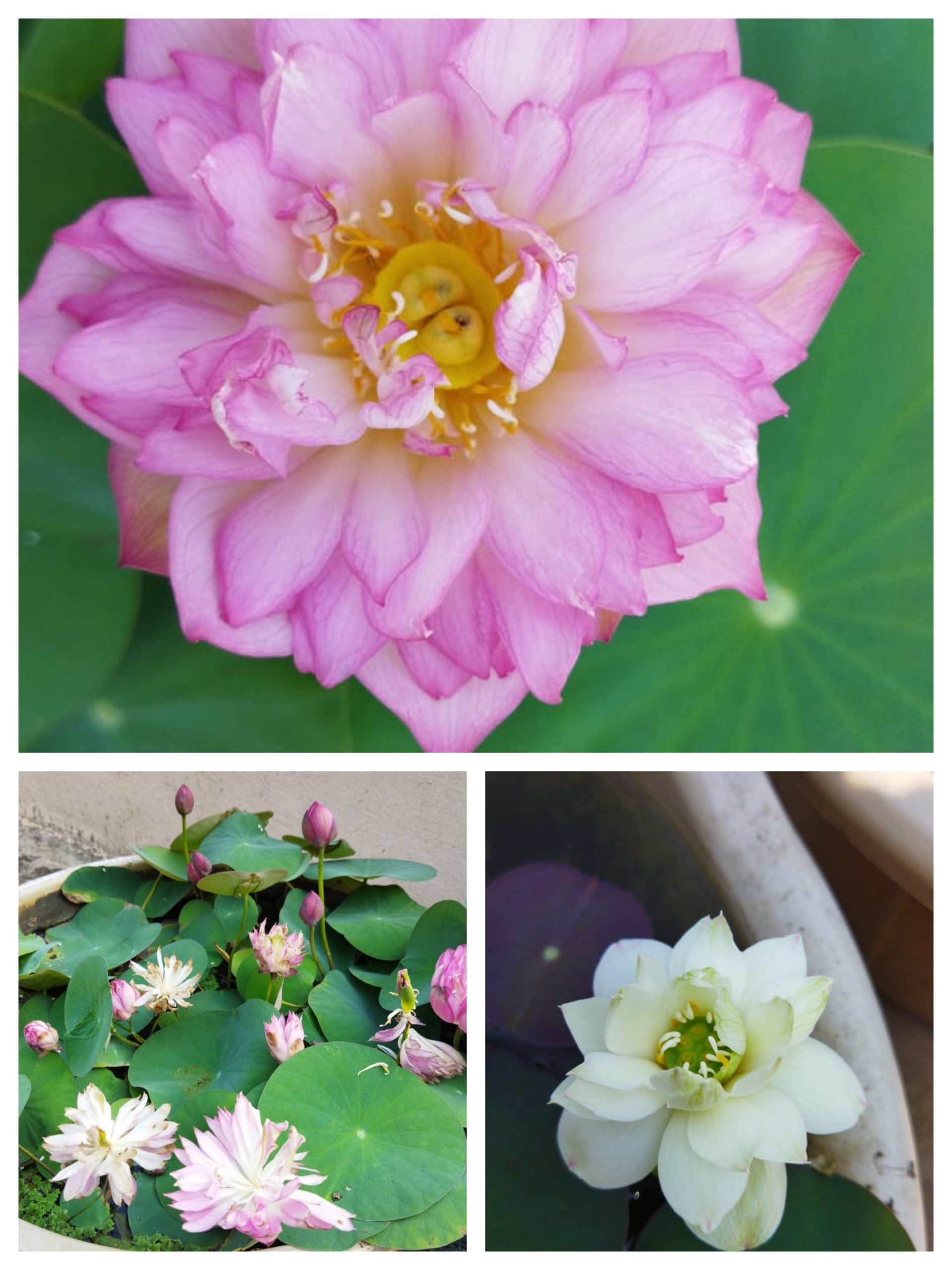
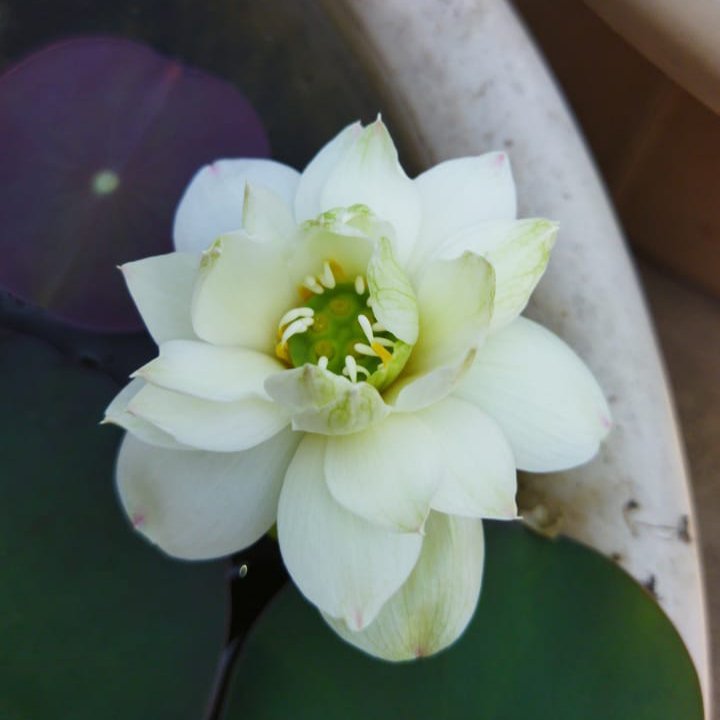

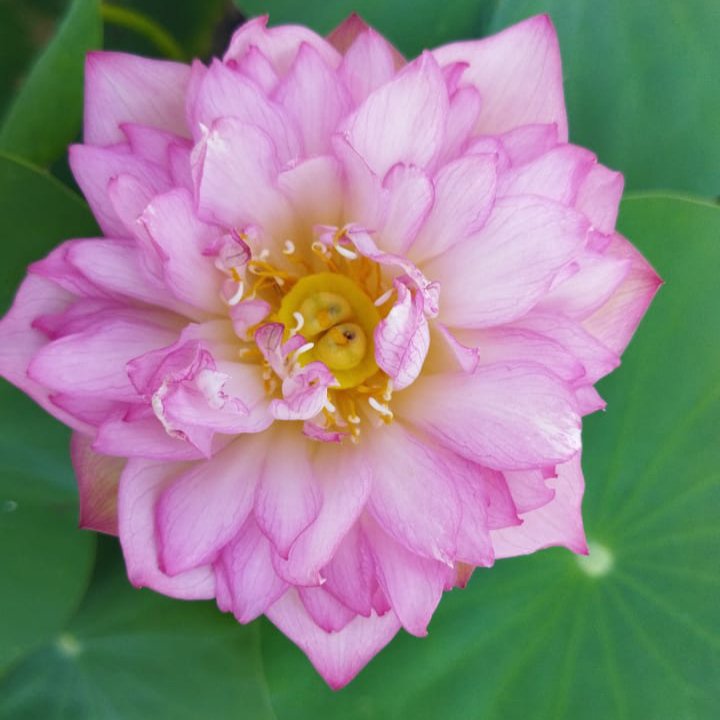
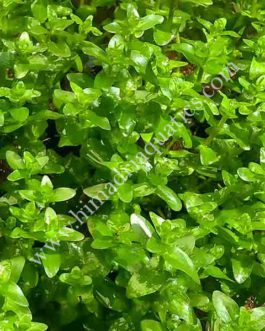
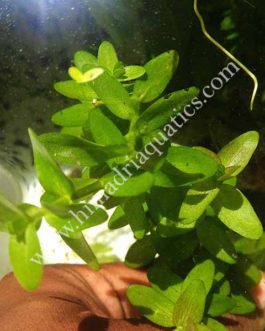
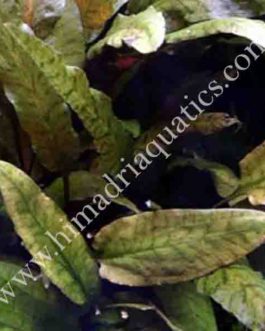
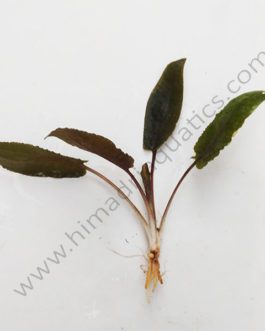
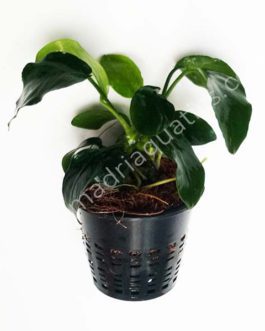
Reviews
There are no reviews yet.